Artists Utilize AI for Innovative Tate Modern Exhibition
In an epoch where technology constantly evolves, blending various facets of life, the realm of art is no exception. The Tate Modern exhibition, aptly named “Electric Dreams,” explores the harmonious yet complex relationship between artificial intelligence (AI) and contemporary art. Opening its doors this season, the exhibition has already sparked significant conversations among artists, art critics, and tech enthusiasts alike.
The Intersection of AI and Art
The once clear boundary between technology and art is rapidly blurring. With AI capabilities becoming more sophisticated, many artists are experimenting with machine learning algorithms to augment their creative processes. These technological enhancements are not just tools but collaborators, contributing unique and sometimes unpredictable elements to the artwork.
Contributions by Noteworthy Artists
The “Electric Dreams” exhibition showcases an eclectic range of works by artists who have pushed the boundaries of traditional art forms by integrating AI. Notable contributors to this exhibition include:
- Anna Ridler: Known for her data-driven art, she collaborates with AI to create spellbinding visual narratives.
- Mario Klingemann: A pioneer in AI art, his work explores the aesthetic potential of neural networks.
- Refik Anadol: Combining data sculpture and public art, his installations mesmerize with their futuristic designs.
- Casey Reas: His software-based approach emphasizes the synergy between human creativity and machine-generated patterns.
Standout Pieces in “Electric Dreams”
Several pieces at the exhibition encapsulate the marriage of AI ingenuity and human creativity:
- “Memory of Passersby I” by Mario Klingemann: An installation that generates mesmerizing portraits in real-time using neural networks.
- “Mosaic Virus” by Anna Ridler: A captivating piece that uses data from tulip viruses to create undulating visuals.
- “Machine Hallucination” by Refik Anadol: A large-scale installation that delves into the subconscious of machines, displaying dreamlike sequences of urban life.
- “Software Structures” by Casey Reas: These visually arresting pieces show the complex interplay of software algorithms and artistic vision.
How AI is Transforming the Creative Process
Traditionally, art has been a solitary endeavor, relying on the artist’s unique vision and skill. However, the incorporation of AI allows for a more collaborative approach, where the machine acts as a co-creator. Here are some groundbreaking ways AI is transforming the creative process:
Data-Driven Artwork
The use of data sets to inform and shape the final piece is a growing trend among AI artists. Artists collect data from multiple sources, feeding this raw information into algorithms that then generate various visual or auditory elements. This data-driven approach enables the creation of art that reflects current societal, environmental, or technological issues, effectively making the work more relevant.
Generative Adversarial Networks (GANs)
GANs are a type of AI that pits two neural networks against each other to produce new, high-quality data sets. This method has been instrumental in creating lifelike images, abstract artworks, and even deepfake videos. By using GANs, artists can explore realms previously unattainable, stretching the boundaries of what is considered art.
AI as an Artistic Tool
Many artists are leveraging AI as a tool to complete tasks that would be laborious and time-consuming. Tasks like generating intricate designs, predicting color schemes, and even composing music can be efficiently handled by AI, allowing artists to focus more on the conceptual aspects of their work.
The Audience Experience
The audience experience at the “Electric Dreams” exhibition is unlike any other. Visitors are invited to interact with the AI-generated art, creating a more immersive and participatory experience. Digital interfaces allow attendees to manipulate certain aspects of the art, giving them a direct hand in the creation process.
Interactive Installations
Several interactive installations allow visitors to engage with the art in real-time:
- Augmented Reality (AR) Displays: Enhance the viewing experience by overlaying digital content onto the physical world.
- Virtual Reality (VR) Experiences: Transport attendees to fully immersive, AI-generated worlds.
- Touch-Sensitive Panels: Enable visitors to alter visual and auditory elements in real-time, making the art dynamic.
Educational Workshops
To deepen the audience’s understanding, the exhibition also offers a series of workshops and talks that delve into both the technical and artistic aspects of AI in art. Topics include:
- The Basics of Machine Learning for Art
- Ethics and AI Art
- The Future of AI in Creative Industries
The Broader Impact on the Art World
The “Electric Dreams” exhibition exemplifies how AI is poised to revolutionize the art world. By melding technology with artistry, a new form of creativity is born that is boundless and infinitely varied. This merger doesn’t just redefine what art can be but also who can create it, democratizing the creative process and making it accessible to technically inclined individuals who may not have traditional artistic training.
Fostering a New Generation of Artists
AI tools are breaking down barriers, enabling a more diverse range of voices to express themselves artistically. With easier access to AI, a new generation of artists is emerging, characterized by their ability to blend coding skills with creative vision. This trend signifies an important shift towards a more inclusive and globally representative art scene.
Challenging Traditional Notions
The introduction of AI in art also challenges traditional notions of authorship, originality, and creativity. Who is the true artist – the human, the machine, or both? This question provokes deeper discussions on the essence of creativity and the evolving role of machines in our cultural landscape.
Conclusion
The “Electric Dreams” exhibition at Tate Modern exemplifies a groundbreaking fusion of AI and contemporary art, making it a pivotal moment in the history of artistic expression. As AI continues to evolve, its applications in art will only expand, offering limitless possibilities for what can be created. Visitors of this exhibition are not just passive observers but active participants in a transformative experience that blurs the lines between human intuition and artificial intelligence. The future of art is here, and it is more electrifying and innovative than we ever imagined.
“`

0 Comments